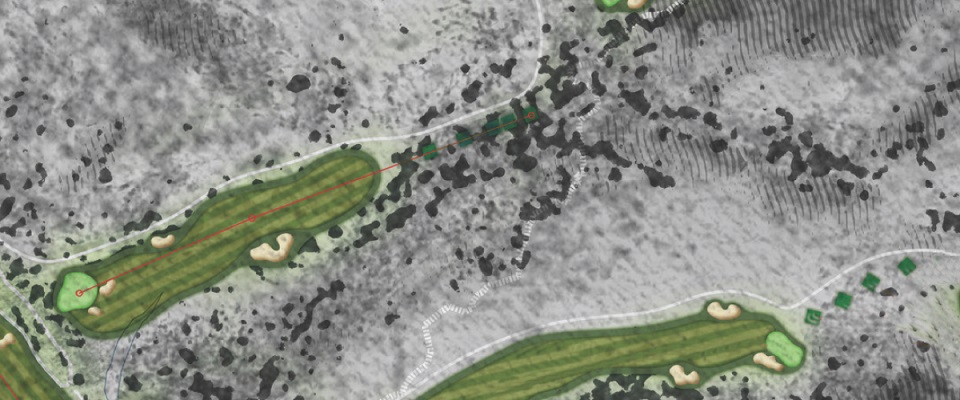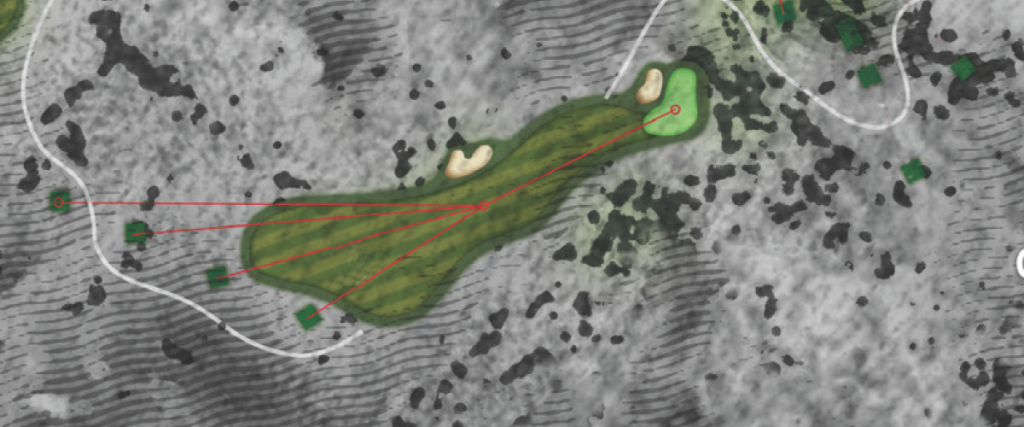The biennial Ryder Cup matches, with 12 top-ranked U.S. professional golfers facing off against a dozen prominent European players, will be contested at Bethpage State Park on its legendary Black Course on Long Island in New York. The dates are September 25 – 28. The Europeans, who captured the coveted trophy in Rome two years ago, are the defending champions.
The Ryder Cup is golf’s most thrilling team competition, stirring strong competitive spirts on both sides. The sprawling 90-hole public golf complex at Bethpage, built in the 1930s, is an hour’s drive from midtown Manhattan. New York, for the unaware, is known for its passionate sports fans. Local support for the U.S. team at this epic match play event will be boisterous.
While most professional golf tournaments are stroke play events, match play is a form of play where a player (or players) compete directly against an opponent (or opponents) in a head-to-head match. The goal is to win individual holes rather than post the lowest score for the round. A hole is won when one side takes fewer strokes than the other. A player or team can either win, lose or tie (halve) a hole. The score will change by one in either direction–or remain the same on a hole-by-hole basis. The match ends when there aren’t enough holes left for the trailing player or team to catch up.
Dating back centuries to the game’s origins, match play is golf in its purest, most elemental form. Starting with the earliest battles waged between shepherds along the coastal dunes of Scotland, match play has always been every sporting amateur’s game of choice.


Match Play vs. Stroke Play
In match play, each hole is an individual contest. A high score results in one lost hole, not a major scorecard blemish, as in stroke play. In that sense, match play levels the field. Tactics and strategy are all-important. Sudden changes in fortune are common. So are emotional swings, from high to low and often back again.
Match play is a balancing act. Players must calculate the need to be aggressive enough to win an individual hole as weighed against the situation at hand. Where do you stand in the match? How do you stand on the hole? How does your opponent stand on the hole? Match play rewards sound tactics and clear-headed thinking. Ultimately, success in match play lies in balancing aggression with caution, adapting to your opponent’s moves, and staying mentally resilient throughout the round.
When you watch the Ryder Cup next month, notice that the best players focus on what they can control—their game. To prevail, the pros concentrate on the course and the challenge it poses. Needless to say, the challenge presented by Bethpage Black, a massive parkland layout that hosted two U.S. Opens (2002 and 2009) and a PGA Championship (2019), is formidable.
As the pros well know, in match play, the key is to keep the ball in play and limit mistakes. The best match-play golfers steady their emotions and keep an even keel. The idea is to stay ‘in the moment’ and not get ahead of yourself. Food for thought as you’re coming down to the wire in your next big match at TPC Danzante Bay!


Seven Match Play Strategies to Enhance Your Chances of Success
1- Get Off to a Good Start
In stroke play, it’s common to ‘find your rhythm’ on the first couple of holes. Not so in match play. It’s imperative to get out of the gate quickly. You want to put pressure on your opponent early in the match by going up a hole or two. Otherwise you’re playing catch-up.
2- Play Your Game.
Know your strengths and weaknesses. Stick to what you’re good at. For example, if you’re a short but accurate golfer with a good short game, it matters not that your opponent is outdriving you by 50 yards. Play within yourself. Hit the shots you know how to play. There’s a built-in equitability to golf. It’s not how far, it’s how many.
3- Body Language.
Convince your opponent that you’re confident and in control, even if you’re churning on the inside. Shoulders back, head up, walk with a bounce in your step. Self-assured body language and a positive demeanor can unnerve your opponent, especially if he or she is struggling. At all costs, maintain composure regardless of how the match stands.
4- Focus on holing putts.
At the Ryder Cup, the winning team is the one that holes the most putts. Don’t be timid and don’t be short. Get the ball to the hole every time to give it a chance of dropping in. With the option to keep the flagstick in the hole as per a recent rules change, you can afford to be aggressive.
5- Be Decisive.
According to the great match play maestro Seve Ballesteros, a fierce competitor who amassed a stellar record in eight Ryder Cup appearances, “Bad shots do not always result solely from bad swings. They also stem from indecision or doubt.” If you’re between clubs and not sure what to hit, go with your first choice. Unsure about the break in a putt? Pick a line and commit to it. If you’re about to attempt a heroic recovery shot a la Seve, don’t swing until you’re absolutely convinced you can pull it off.
6- Expect the Unexpected.
Anything can happen in match play–and usually does. Neutralize your emotions. Always be prepared for your opponent to hole a bunker shot or sink a long putt. This way you won’t be deflated or victimized by your adversary’s ‘miracle’ shot.
7- Never Give Up.
It’s golf. Stay patient. Stick to your routine. Your overall score means nothing. If you have a bad hole, brush it off and accept the fact you’ve only lost one hole. Be aware at all times of where you stand in the match. Most importantly, remember that in match play it doesn’t matter if you take six strokes to complete a hole if your opponent is taking seven!








































